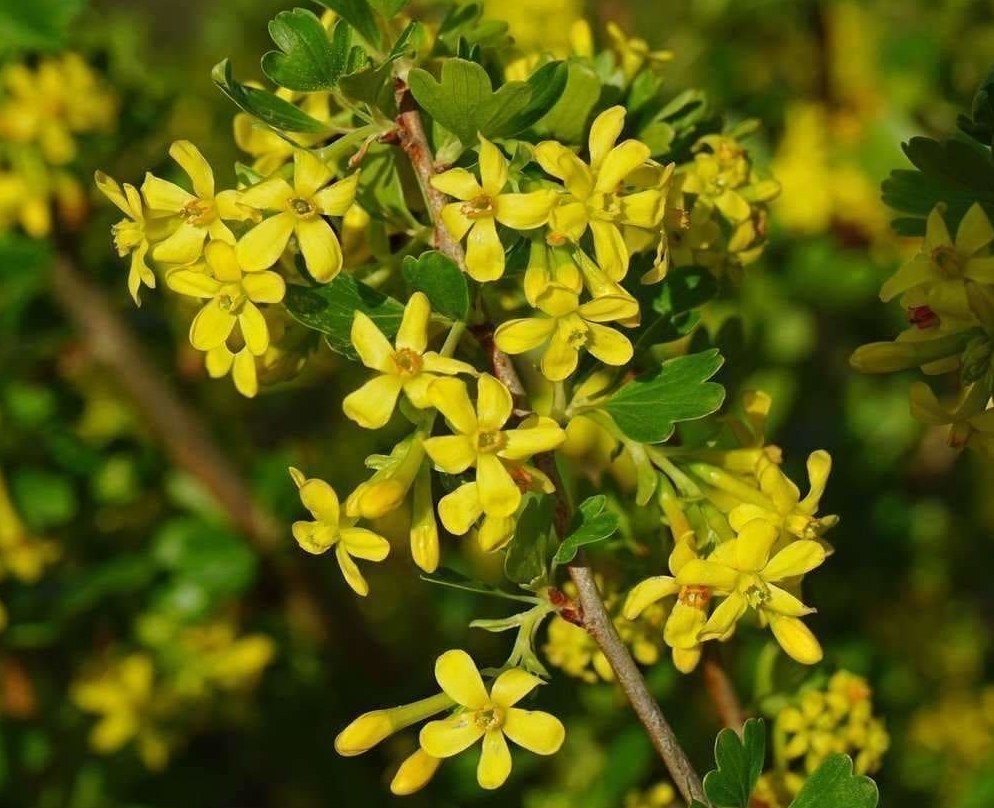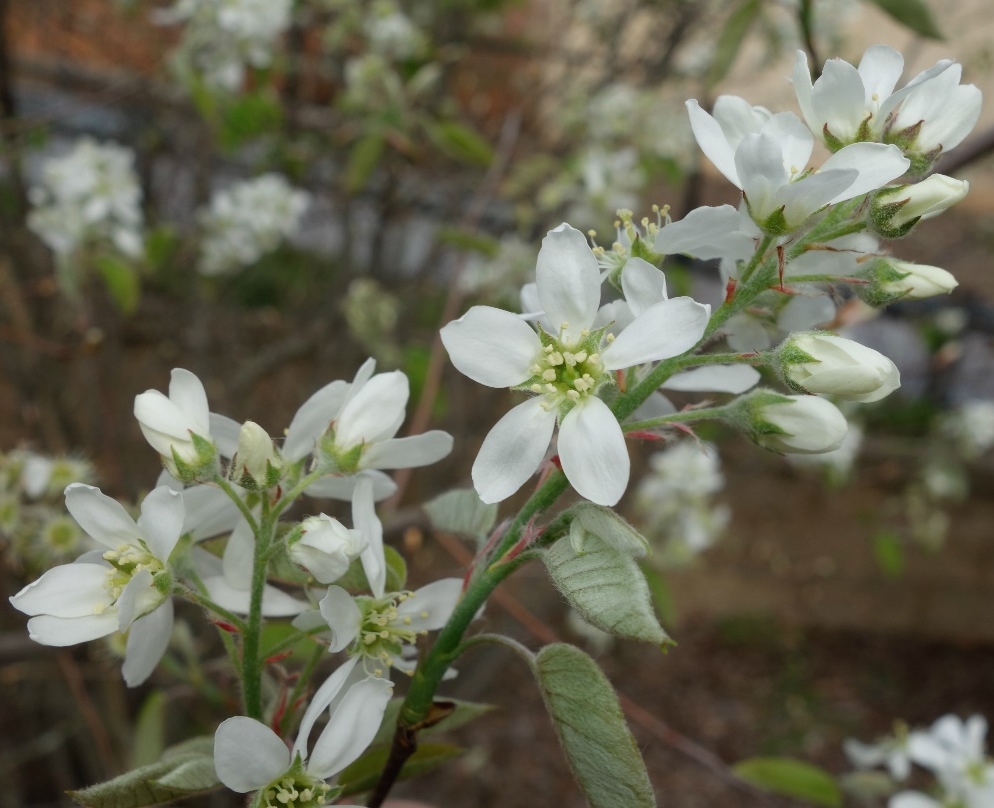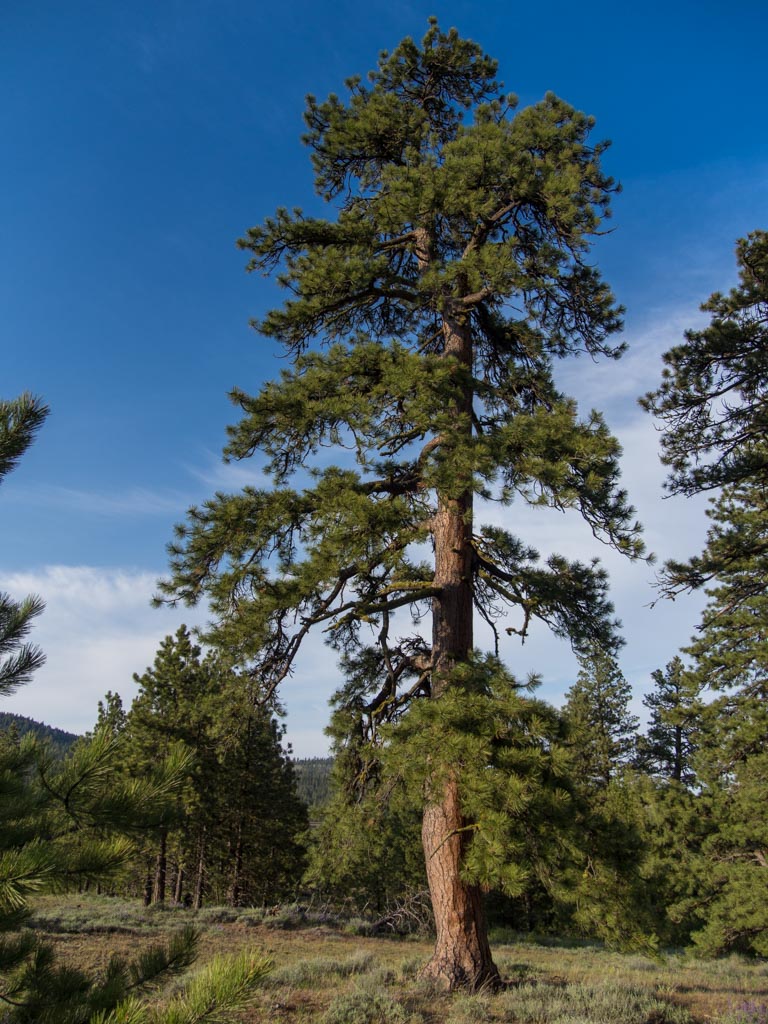What’s in your Garden?
- 2022-05-02
- By mkirk
- Posted in Horticulture, The Garden Buzz
By Kathi Thistlethwaite, Colorado Master Gardener
Did you know
- Shrubs provide privacy, windbreaks, seeds and berries for wildlife
- Deciduous shrubs provide seasonal change and winter interest
- Deciduous trees provide places to birds to perch and nest
- Coniferous trees provide food and shelter
- Thorny plants help keep predators away
- Ground covers provide winter shelter for bees and other beneficial insects
Did you also know
- There are many specialized relationships between plants, birds and insects
- Colorado native plants attract native insects as well as beneficial non-native insects like the honeybee
Choosing landscape plants to attract wildlife can be an overwhelming task. Start by deciding what wildlife you want to attract. Consider available space, sun exposure and soil conditions of the area. Butterfly or pollinator gardens, bird-friendly habitats or wildlife areas thrive with a diversity of plants exhibiting distinct characteristics that include food or nectar sources and shelter or nesting protection.


Be sure to include Colorado native plants when designing a landscape to increase wildlife. Natives are suited to the climate, use less water and have co-evolved with local pollinators and wildlife species over thousands of years. For example, according to the National Audubon Society, “Native oaks support more than 550 species of butterflies and moths. The non-native gingko tree supports just five. Caterpillars are the go-to source for many birds. A clutch of Carolina Chickadee chicks can scarf down more than 9,000 caterpillars in the 16 days between hatching and leaving the nest.” Our local Colorado finches love spruce and pine. Chickadees, wrens and sparrows love chokecherry, plum and serviceberry. Understanding these relationships can help support and protect our local ecosystems. Check out this online plantfinder based on zip code to learn what trees and shrubs benefit wildlife in your area.

Trees anchor landscape design and offer many benefits to wildlife while creating biodiversity. As with shrubs, flowers and ground covers, including native trees increases success in creating a beneficial habitat. There are many varieties of deciduous as well as coniferous trees native to the western United States and specifically to Colorado. Visit here and here for more information on trees, planting and selection.
Visit this link from CSU Extension to learn more information and a chart of plants suitable to the Front Range. Refer to the key in yellow to learn what each plant in the chart provides and the species of wildlife it attracts.
Horticulture Resources
- Garden Buzz Archives
- CSU Extension Resources
- Colorado Master Gardener Program
- Foothills to Plains Native Plant Master Program
- Native Bee Watch Community Science Program
- The Co-Hort Blog
- PlantTalk Colorado
- Soil Testing
- Plant Select
- Emerald Ash Borer
- Japanese Beetle
- Colorado State Forest Service
- Ask an Expert


